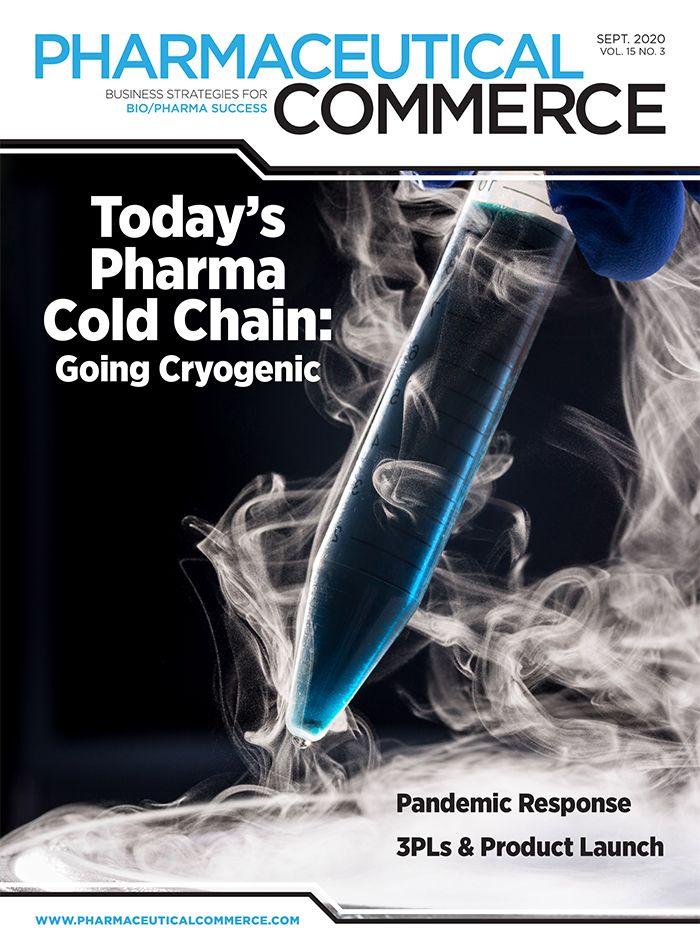From pain to practice?
Key lessons for the supply chain post-pandemic
The global coronavirus pandemic has triggered fear that the global and extended pharmaceutical supply chain would crumble. In practice, it has proved remarkably resilient with drug shortages kept to a minimum, though the crisis has exposed weaknesses in the supply chain that must be addressed as the world recovers and prepares for what the future holds.
What has traditionally been viewed as a weakness of the pharma supply chain has actually proven to be one of its strengths. Lead times are regularly four to six months or even longer, reports state, ensuring some short-term resilience. However, should disruptions in the manufacturing of raw materials or active pharmaceutical ingredients (APIs) last for more than two or three months, a trickle-down effect could result that may have lasting ramifications globally.
The situation is even more acute for the global supply of medical products. The worldwide shortage of personal protection equipment (PPE) has demonstrated both the difficulty of meeting demand when the supply chain is under-prepared and the challenges in ramping up production and supply when there is pressure to deliver.
Here are a few supply chain lessons that pharma and medical product companies can learn from the COVID-19 pandemic.
Overreliance on few sources of supply. COVID-19 didn’t expose the industry’s overreliance on China and India for raw materials, APIs, and increasingly finished products. Instead, it has brought home what that overreliance can mean when faced with a global health crisis. For example, the US and Europe may be the two largest API manufacturers in the world, but China and India combined have a greater market share than both, and India is the world’s largest manufacturer of generics.
Any lasting disruption for these markets will have real impacts further down the supply chain. It is instructive to note that this impact doesn’t always come from direct disruption. For example, India temporarily banned the export of some generic drugs as the government was worried about shortages in its domestic market. COVID-19 has demonstrated just how real these supply chain risks are, and the need for pharma companies to, wherever possible, have multiple sources of supply spread across different geographies so they can quickly switch production from highly impacted to lesser impacted territories.
Security of supply is a matter of national importance. The pandemic woke up regulators and world leaders to the ongoing industry effort in the US and Europe to rebalance the pharmaceutical and medical product supply chains. In truth, this trend has been underway for some time. The US congress and the EU have debated the issues and had tentatively started to legislate to address the imbalance. Both governing bodies spoke openly about the need to safeguard the world’s drug supply from the vulnerabilities inherent in relying on any one region for a significant proportion of essential raw materials and APIs. The security of supply for medicines will be a major political issue and we can expect all governments to continue to develop local capacity and secure local supply.
Supply chain resilience means more complexity. Medical supply chains have only grown more complex as they have integrated many different types of organizations within them. The need to quickly select between suppliers in different markets and regions and expand manufacturing into new territories to satisfy the increasing demand of governments and regulators adds complexity.
Meanwhile, regulations such as the Drug Supply Chain Security Act (DSCSA) place added stress on how pharma works with partners, distributors, and logistics providers. Although we’re seeing some DSCSA exemptions to deal with the pandemic, resilience is required to meet track and trace, monitoring, and licensing requirements. To achieve this level of resilience, companies need to work harder and smarter to deliver full digitization to every part of their supply chain operations.
About the author

Ferdi Steinmann is a global industry strategist, life sciences, at OpenText. This article appeared online first at pharmexec.com, an MJH Life Sciences sister brand.
